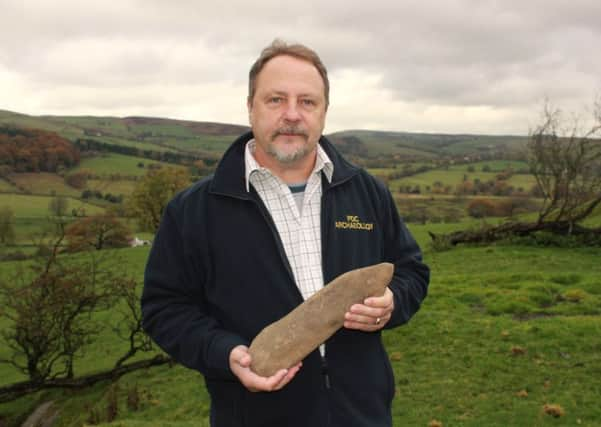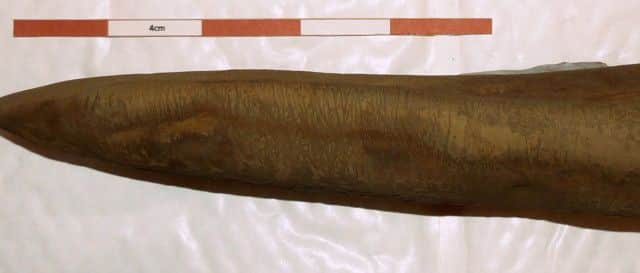8,000-year old tool find of ‘national importance’


Historic author John, from Barrowford, has been running the Burnley, Pendle and West Craven Landscape Archaeology Project for three years.
He has discovered a large number of previously unknown ancient archaeological sites, including Bronze Age farmsteads and burial mounds, lost villages and Iron Age hill forts.
Advertisement
Hide AdAdvertisement
Hide AdMembers of the Project have also found a large number of stone and flint tools, examples of ancient rock art and “Celtic” carved heads ranging in date from the last Ice Age – 10,000BC – through to the Roman Iron Age.


The latest discovery at the Water Meetings – where the villages of Barrowford and Blacko adjoin – would appear to be of national importance.
John explains: “A couple of weeks ago I revisited a riverside stone cairn at Barrowford Water Meetings that we last worked on in 2012.
“This particular spot had yielded a small number of Neolithic tools around 4,000 – 2,000BC, but river action over the past three years has destroyed the site. However, a search of the river bank slightly upstream revealed a very large stone implement.
Advertisement
Hide AdAdvertisement
Hide Ad“I knew immediately this was something special as only one other example of this form and size exists; known as the ‘Thames Pick’ this is housed in the East Surrey Museum and is described as ‘a giant flint axe’. The unique size and form of this implement gave rise to later examples of tools of this shape being collated as Thames Pick Types.”
And he said: “The Water Meetings implement is larger and of a different material to the Thames Pick. Measuring 14 inches in length, tapering from three inches in thickness and four inches in width and weighing in at six and a half pounds, this is a brute among ancient tools.
“The material is a hard mudstone and the only apparent wear upon the object is an abraded area probably created by the fingers of the person who used it. That person is likely to have lived sometime between 5,000 to 8,000 years ago and would have played a part within the transition of a largely nomadic Mesolithic culture to the settled farming communities of the Neolithic period.
“In other words the pick/axe owner would have been one of the first people to begin the process of putting down permanent roots – perhaps this could even have been the very first farmer in the Pendle area.”
Advertisement
Hide AdAdvertisement
Hide AdAnd Mr Clayton, who has collated lots of historical material in his books, concluded: “Whether this new discovery was indeed wielded by a person of high status and religious influence, or was used to grub out tree stumps or whack a wild ox over the head, it is clear that we have a fascinating and rare artefact providing valuable new evidence for the dating of early settlement within this part of the Pendle district.”